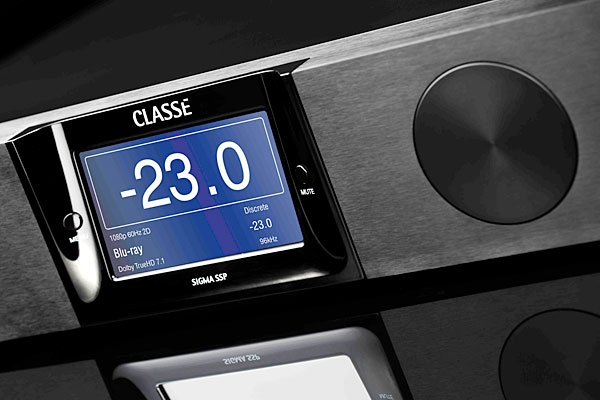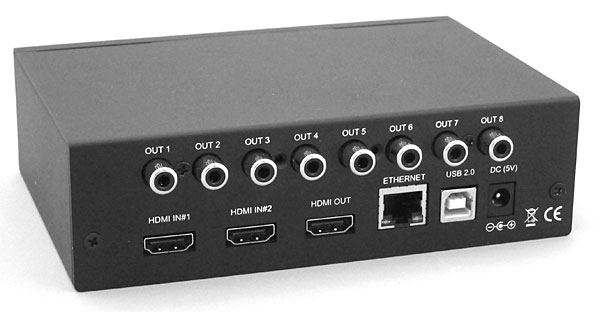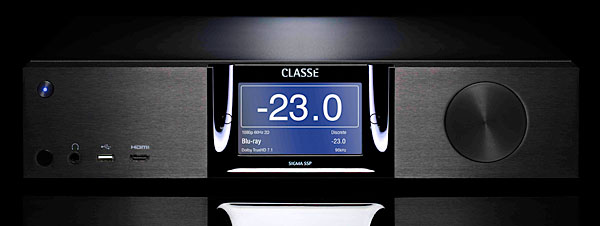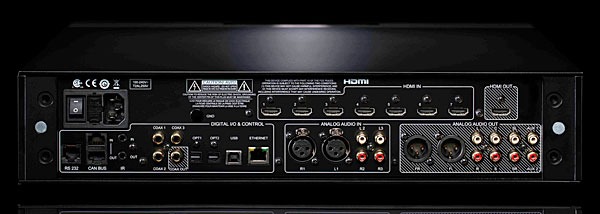| Columns Retired Columns & Blogs |
Dear Kal
I confess I've posted this to a forum, but given your dedication to "music in the round" and your commitment to high end and music, I was hoping I might be able to get your take on a serious dilemma.
I'm facing a situation where I can't have both a 2 channel system and a separate multichannel rig but have to have a multichannel rig that will sound at least somewhat as good as my 2 channel set up (Maggie's, McIntosh tube preamp, Bryston amp plus benchmark DAC and Sony SACD player). I suppose that's not super high end or anything, but I like the way it sounds. My A/V rig consists basically of a big Integra integrated and an Oppo universal player.
My question is what combination of pre/pro and multichannel amp -- or integrated A/V amp -- would be good enough to do double duty as both stereo HIFICRITIC rig and home theater setup?
there is one thing I forgot to mention-- I'm not rich!
many thanks for advice on this dilemma.
Regards
S










































